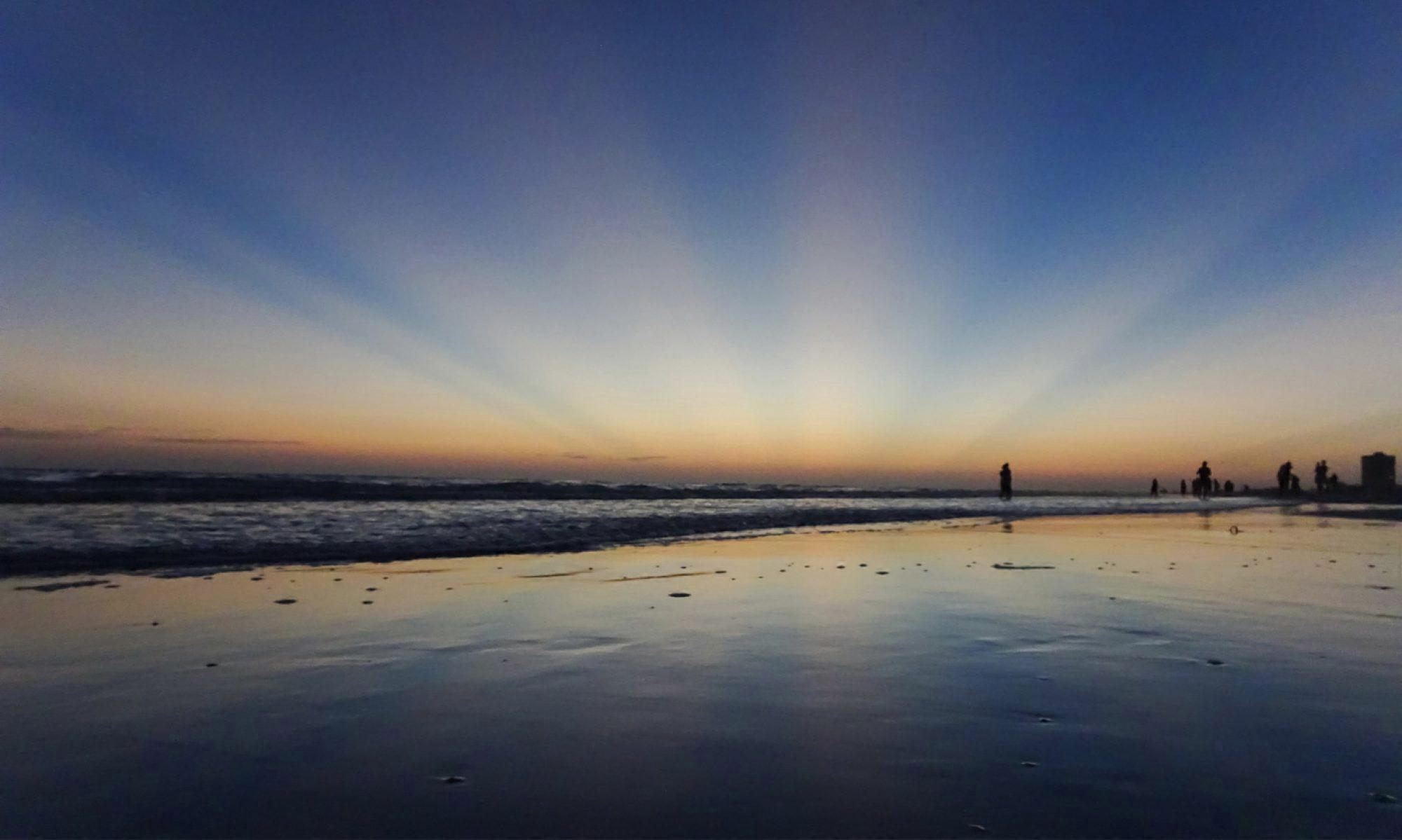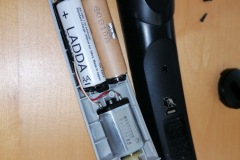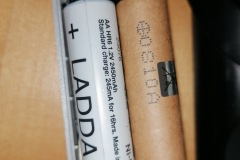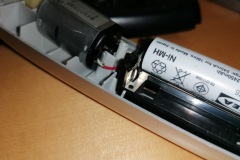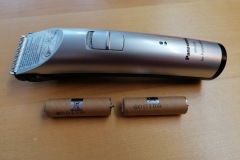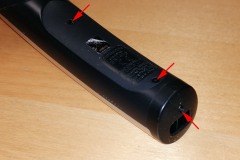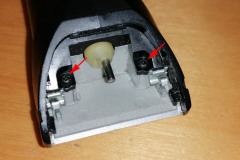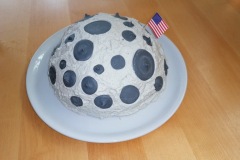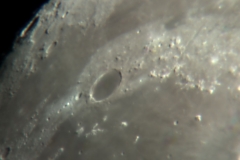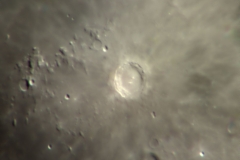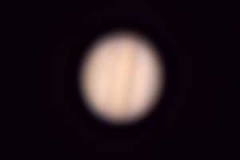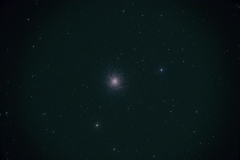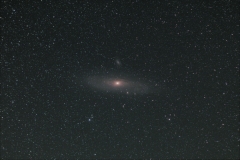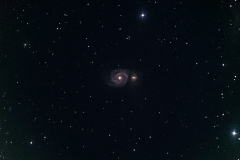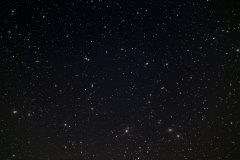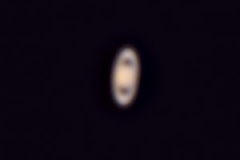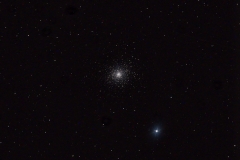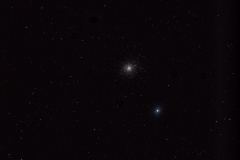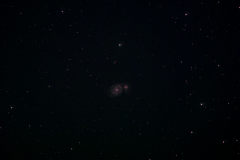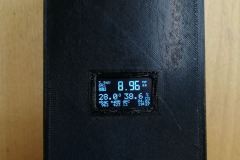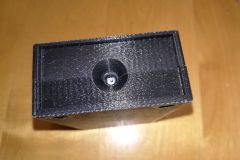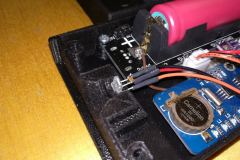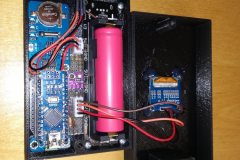I own a Panasonic ER1410 hair trimmer. Unfortunately, after a few years of service, the batteries did no longer charge. I continued to use it in wired mode. But it is by far no comfort to have the cable dangling around. So after some time I decided to check for a battery replacement.
There are several offers for a set of replacement batteries available online. But these are quite expensive. Luckily the batteries are NiMH rechargable ones in AA / Mignon size. The only difference from the standard AA batteries is a pin like connector on both poles, which slide in a metal groove for contact. The design is replacement-friendly, as the batteries are not soldered to the PCB. Instead, there is a 2 slot battery carrier, designed for the pin like connectors.
When a standard AA rechargable battery is inserted to the battery carrier, the battery has not quite good contact. To fix this, use a set of pliers to bend the metal contacts a bit. The batteries will have sufficient contact and the hair trimmer will work well!
Here are the steps I had to follow:
1. remove trimmer cartrige
2. unscrew all 5 screws (see photo for positions)
3. remove black round part at charger connector
4. lift black bottom part
5. remove batteries and remember polarities!
6. bend metal contacts inwards with pliers until new batteries have firm contact
7. insert new 1.2V NiMH AA batteries (check polarity!)
8. close trimmer and fasten all 5 screws
9. test operation and charging
Disclaimer:
This is a guide put together as reference for me. If you follow this description, you will do so on your own risk. I will not be held responsible for any damage or injury caused by a DIY repair. Be aware, that using wrong batteries (i.e. non-rechargable, wrong type / Voltage, …) or batteries installed wrong may cause serious injuries and carry a high risk of fire!
